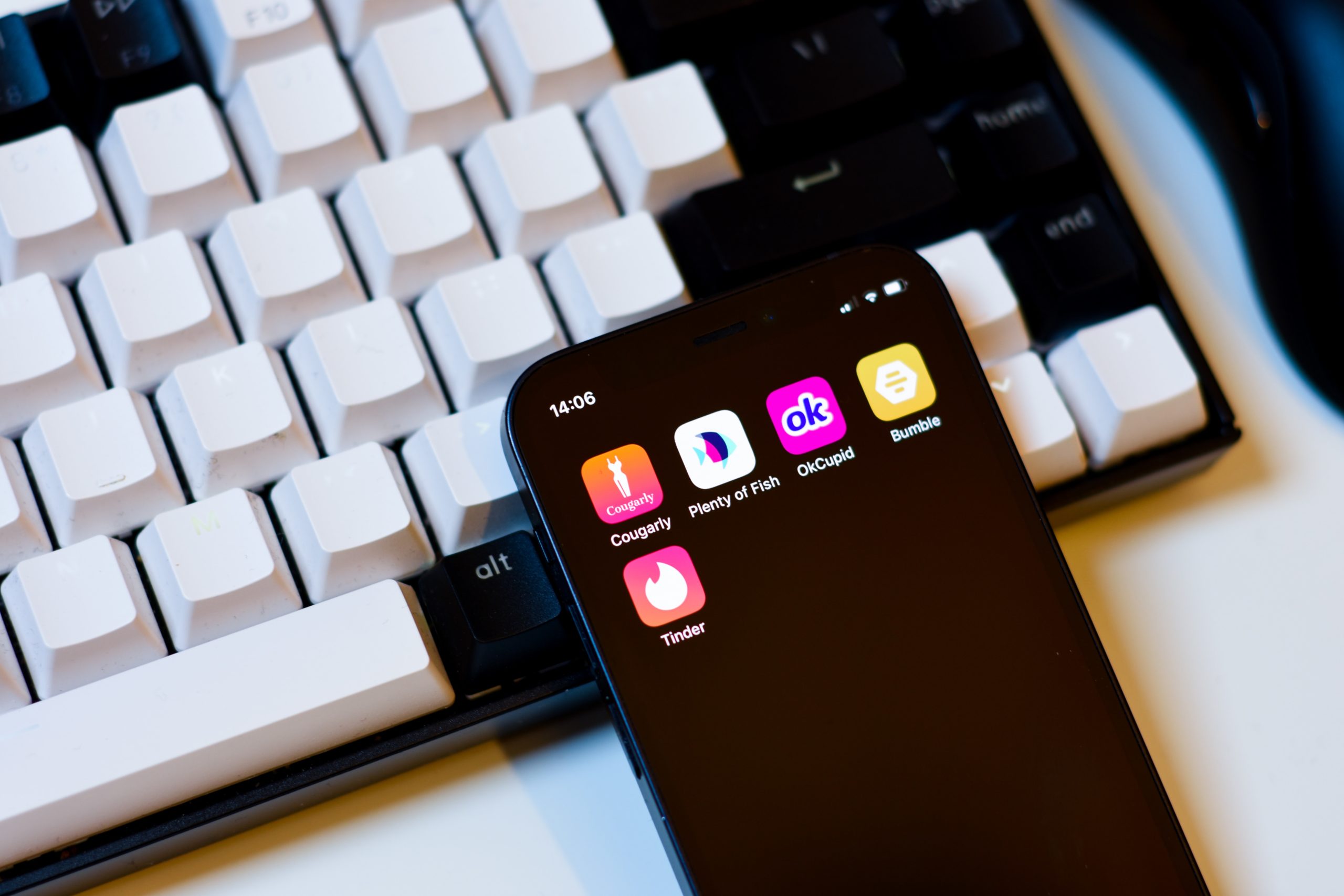3/21/2022
Netflix’s recent documentary, “The Tinder Swindler,” shows the story of a man catfishing as a diamond heir on Tinder, developing relationships with various women in order to scam them out of hundreds of thousands of dollars. Since the release, Match Group Inc., the company that owns Tinder and over 45 other dating apps, announced a new background check feature meant to increase the safety of the app, but the inaccuracy and subjectivity of background checks, as well as the distribution of one’s private information, may turn some users off. This development in Tinder’s interface is part of a larger pattern in the dating app sphere, where the motivation for certain features stems from a desire for overall higher user retention and revenue.
Dating apps like Tinder, Bumble, and Hinge are, at their core, a form of social media. Like all social media platforms, the ultimate goal is to recruit and maintain a user base. To preserve user retention, dating apps employ an addictive model, similar to a slot machine, where a match is designed to give a rush of dopamine. This method keeps users swiping, hooked on the seemingly endless potential matches to swipe on. These apps also employ an algorithm that filters what users see, in hopes of catering to the user’s interests enough to keep using the app. Currently, most recommendation algorithms utilize “collaborative filtering,” where majority opinion influences what a new user sees on their feed. Because these algorithms are based on human opinion, they introduce bias, particularly exacerbating the racial disparities in dating even when “ethnicity filters” are removed. Thus, these algorithms are detrimental to a subset of users in an attempt to retain the majority.
For any social media platform, a large user base is essential to generate income. In 2021, the global revenue of dating apps surpassed $5.6 billion. Since the inception of the swiped-based model, many apps have generated profit by limiting a user’s number of swipes, having upgraded “likes,” and hiding potential matches. In reality, there is no scarcity of users that defines these limitations: over 320 million people globally used a dating app in 2021. These barriers are simply tactics to entice the user to pay for more features once they are hooked on the addictive matching experience.
Herein lies a contradiction in dating apps: the user wants to find a connection such that the app is unnecessary, while the company wants as many users as possible to continue using the app to generate revenue. These apps can’t be too restrictive or exclusionary in their methods, or else they will be replaced by one of countless competitors. Nevertheless, it is difficult to find a financially successful dating app free from algorithm bias and extensive paywalls. In spite of their many problems, dating apps are not going away any time soon. While the burden of change lies with companies that create these apps, there is no incentive while profits continue to rise. How can dating app companies operate ethically when the service they provide directly contradicts their profit stream?

